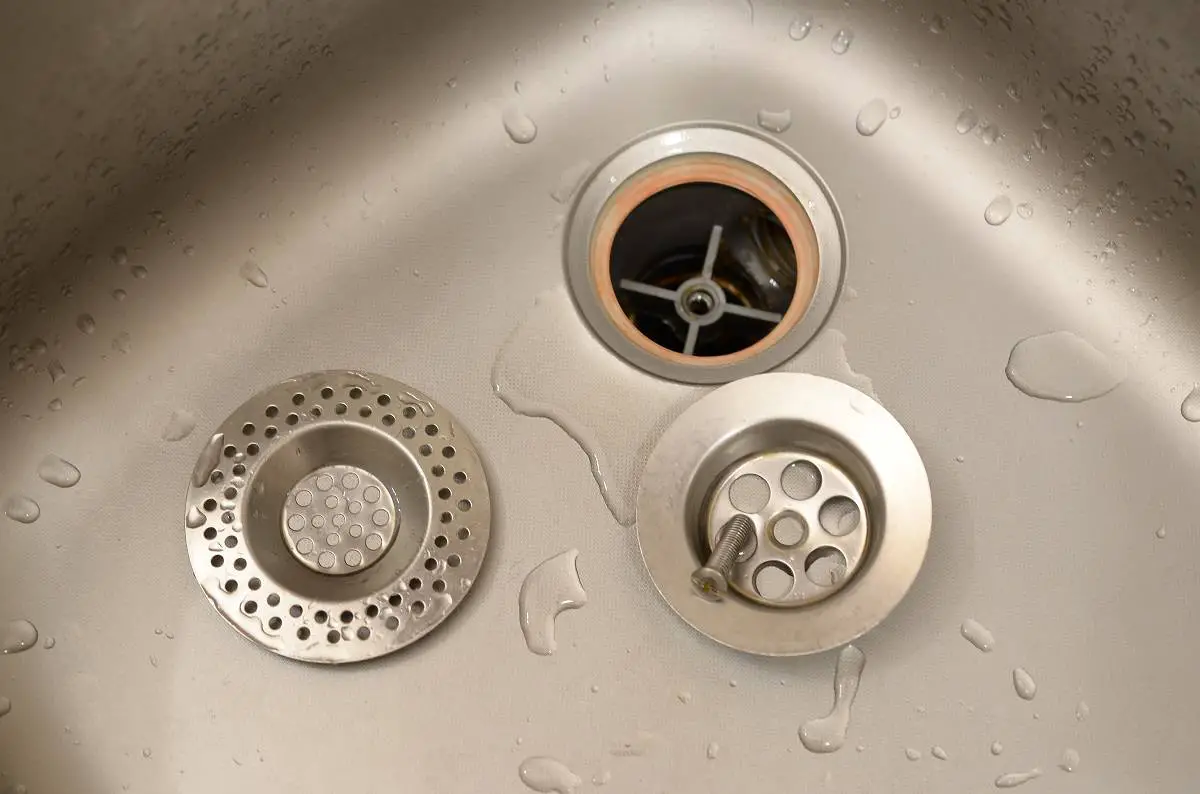Last Updated on October 10, 2024
The moment we live on our own is the moment we notice the little things that happen in our homes. We never notice the small stuff when we’ve had our parents around fixing it for us; take a clogged sink or clogged shower drain for example. Admittedly, having a clogged sink is so common that a lot of people have experienced this already.
So for those who don’t know what to do when this situation happens, or for those who just want to prepare for unfortunate events, I would like to share with you some ways to effectively clean your clogged sink, especially on how to unclog a sink clogged with coffee grounds.
Table of Contents
Top 4 Food Types That Clogs Your Sink
For those who prefer precautions than cure, you should definitely take note of these following food types that are commonly reported to clog the sink so you can save yourselves from having to call a plumber:
1. Coffee Grounds
Coffee grounds already have a fine consistency, and this explains why they don’t get ground up on your garbage disposals anymore. It even attaches easily to whatever litter is left inside your drain line.
Coffee grounds can be carried by water in small amounts, but over time, they build up and clump together. This explains why it often takes a long time before you actually realize that it has already created a problem for you.

So do not try and follow those do-it-yourself (DIY) instructions that tell you to use coffee grounds as cleaners for your sink or electric garbage disposals – even when mixed with baking soda. If you want to know more, you can watch this video that explains what you should do with your used coffee grounds.
2. Foods Rich in Fiber
The fibers in most commonly used vegetables at home – like onions, corn husks, or celery – do not get ground up as small as we expect them to be. Thus, they don’t actually make it all the way to the drain line. These fibers can either get tangled up with other trash or with other fibers causing your drain to get clogged.
3. Greasy Foods
Grease, including oils and fats, solidify as they cool and lump together which would cause the clog in your drain line. If you have an electric garbage disposal, greasy foods can make it less effective the moment they coat it.
Always put leftover greasy foods straight to your trash cans so it would not create any more mess, especially for your drain.
4. Foods that Expand
If you love rice or pasta, or both, you know what I mean. As much as possible, do not put them in the drain or even the garbage disposal because these kinds of food tend to just slip past and not get ground up which will eventually cause a clog. And remember, these foods expand when they get soaked in water so they swell the moment they go down the drain.

How to Unclog Sink from Coffee Grounds
Coffee grounds are on our top spot when it comes to what causes a clog in our drains, so I have prepared 3 options that you can choose from when you go and give it a shot to unclog the drain yourself. They’re as follows:
Using a Plunger
- First, make sure that your plunger is completely dunked in water.
- Now, put the rubber cup part of the plunger directly on the drain, totally covering it.
- Secure all other outlets using rags, small towels, or a rubber drain stop (it’s all up to you).
- Placing the plunger uprightly, hold the handle with two hands, then plunge vigorously for 5 to 10 times.
Clearing the P-Trap
If you’re not familiar with the P-Trap, this is the U-shaped section of your pipe which holds water. It also prevents foul-smelling gas in plumbing drains from going up to your sink. To clear this, please do the following steps:
- First, put a bucket (or any other container you have) under the P-trap just in case water spills while you open it.
- After that, start to loosen the nuts at both ends which connect it to the drain line. Remember, when your pipe is made of plastic, just use your hands in loosening the connections by turning it counterclockwise.
- Now pull the P-trap from the pipe.
- Check out whatever obstruction it may have inside and remove it. You can either use a pointy tool or your hands if they’re small enough to fit and reach what you’re trying to get.
- Next, wash it off with water until you have cleaned it thoroughly.
- See if the other pipes have any obstructions left that may still cause clogs in your drain line. If there’s none, you can now reattach the P-trap by tightening the connections you removed earlier.
- Turn on the faucet to make sure that there are no more clogs in your drain.
Calling for Professional Help
If all else fails, it’s not too bad to call for help. Call a plumber and let him do the things he does best.
Recycling Your Coffee Grounds
Another way to prevent your used coffee grounds from clogging your drain is to recycle it. You can watch this video for 9 amazing ideas on how to reduce and reuse your used coffee grounds.
Conclusion
Did you learn anything new with this article? I hope you enjoyed this step by step instructions on how to unclog a sink clogged with coffee grounds. Just always keep in mind that coffee grounds already have a fine consistency, so don’t put them in your electric garbage disposal.
You can try to prevent clogging in your drain, so don’t wait until it becomes a problem before you do something about it.
If you liked this article, please write your comments below. You can even share your own stories if you have already tried to unclog your drain because of coffee grounds, you’ll never know who you can help next. Also, kindly share this article with your friends and loved ones who you think might benefit from this.

Lacey is an environmental enthusiast and passionate advocate for living green and sustainable. She believes that everyone can make a difference, no matter how small. Lacey is dedicated to reducing her own carbon footprint and educating others on the importance of living greener. She is an advocate for green energy and sustainable practices. She is an active member of her local community, volunteering with local conservation efforts, and taking part in sustainability initiatives. Lacey is a firm believer that the only way to ensure a sustainable future is to work together and make small, but important changes.

